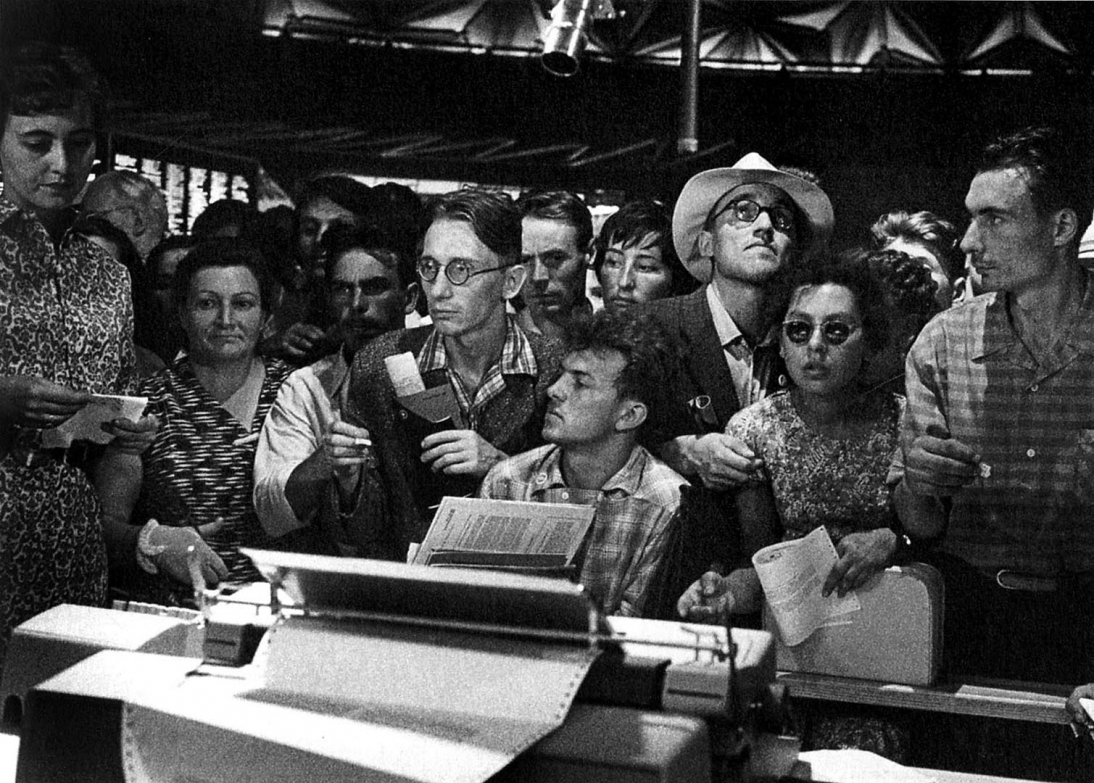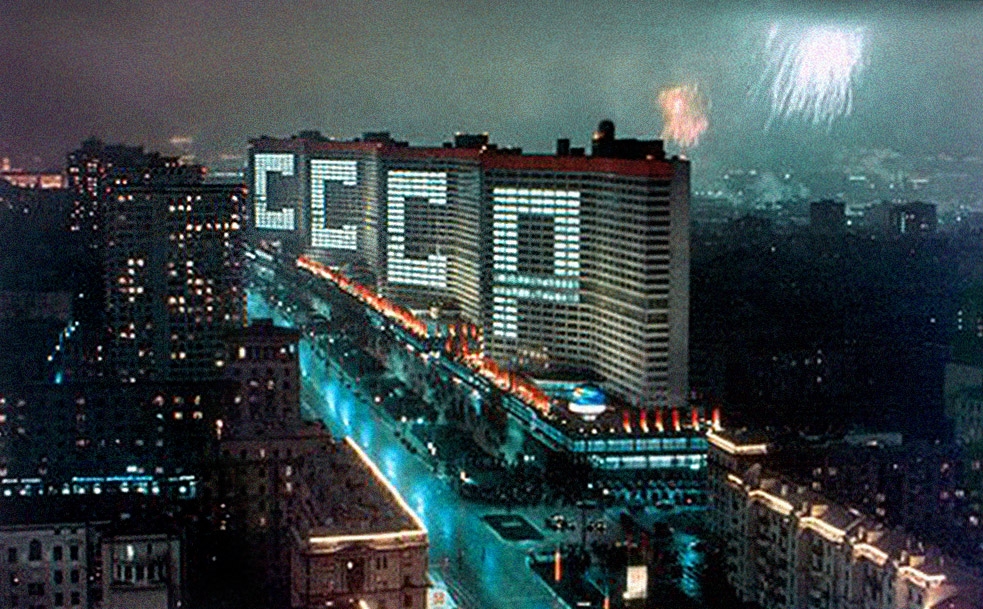This dissertation seeks to compose an architectural history of computerization during the Cold War, by focusing on the introduction, dissemination and use of the digital electronic computer in the Soviet Union and the Eastern Bloc between the late 1950s and the early 1980s. In doing so, this study will investigate the imbrications of architecture and computerization through three major binaries: the United States/Soviet Bloc, materiality/immateriality, and publicity/ secrecy. In this study, computerization, and its different modes of intersection with architecture during the Cold War, will provide the main vehicle to investigate and interpret a series of spatial phenomena and design practices that took shape during this period.
Computerization, as a process that increasingly characterized societies on both sides of the Iron Curtain after World War II, will be used as a lens to scrutinize and undermine the hierarchies between well-known oppositions of Cold War architectural culture, including: materiality and immateriality, perceivability and imperceivability, sitedness and sitelessness, disclosure and confidentiality. The non-human protagonist of this story—the digital electronic computer—played a decisive role in bringing the long-enduring problematics of these oppositions to the fore: its enigmatic ontological duality of hardware and software posed serious challenges to designers in both communicating its twofold nature and representing its operation to the wider public.
For the United States and the Soviet Union, computerization became a site of contestation and a new benchmark of technological supremacy. Initially associated with the operations of the military, scientific institutions and the Space Race, the digital electronic computer was progressively considered as an omnipotent tool that could be utilized in multiple areas of governance, particularly ones which involved the co-processing of large amounts of data, such as statistics or the economy. The geopolitical, ideological and socio-economical dichotomy of the East and the West—thus—became the battleground for the development and application of computer technologies. Even if these technologies were implemented at a different pace in these two contexts, groups of scientists, bureaucrats and designers on both sides increasingly shared a particularly intense confidence in their multifarious capacities. The programmable electronic computer was progressively understood as an incredibly flexible tool that could serve military defense, scientific research, governance, and—ultimately—design purposes.
Computing power—a power of the “electronic age”—relied on the intricate coupling of both physical and non-physical elements. Its dissemination and use by governmental institutions was anticipated to render manual decision-making, and with it traditional notions of governmentality, obsolete. In this context, the development (or acquisition) of computing power on both sides of the Atlantic instigated a competition that resulted into a vast array of new systems for the collection, processing, storage, and retrieval of information, as well as an unprecedented number of data technologies, such as magnetic-core memory, real-time computing, data networks and electronic satellites.
As a true product of the Cold War, the “computerization race” was a competition that was carried out simultaneously in public and secretly. The antagonistic situation of this race was nurtured by a reciprocal demonstration of technological competence and a shared uncertainty of the enemy’s true might: on the one hand, computerization of one’s nation became an accomplishment for public showcasing and exhibition; on the other, the development of computing power by the enemy created a field of undisclosed monitoring and espionage. Not unlike the computer itself, architecture was asked to operate like a “black box”; that is, to selectively make certain information available, while simultaneously keeping its inner workings to itself; to communicate the processes it housed to civilians and the enemy, without disclosing their security-sensitive content. And it is precisely between these two modes of operation, that architects, city planners and industrial designers were called to operate: to provide a physical environment for the secretive institutions that manufactured or made use of computers, and at the same time crystalize a powerful image of computing power that could be disseminated through mass media.



